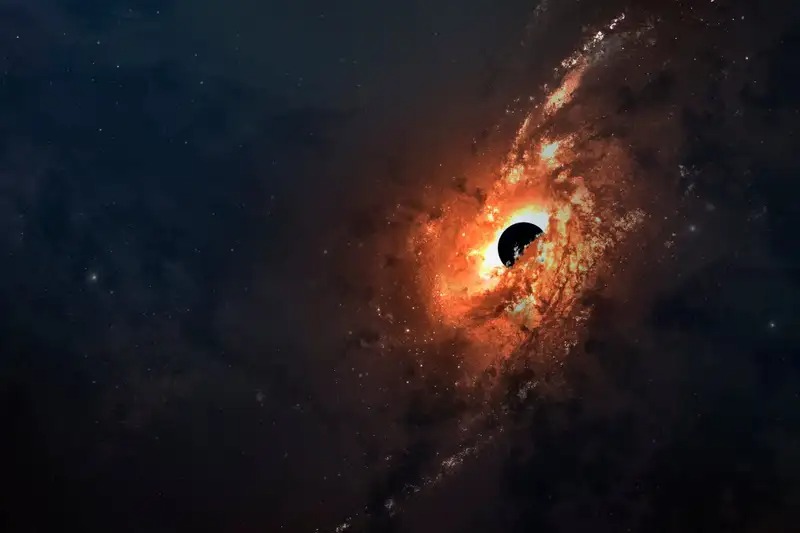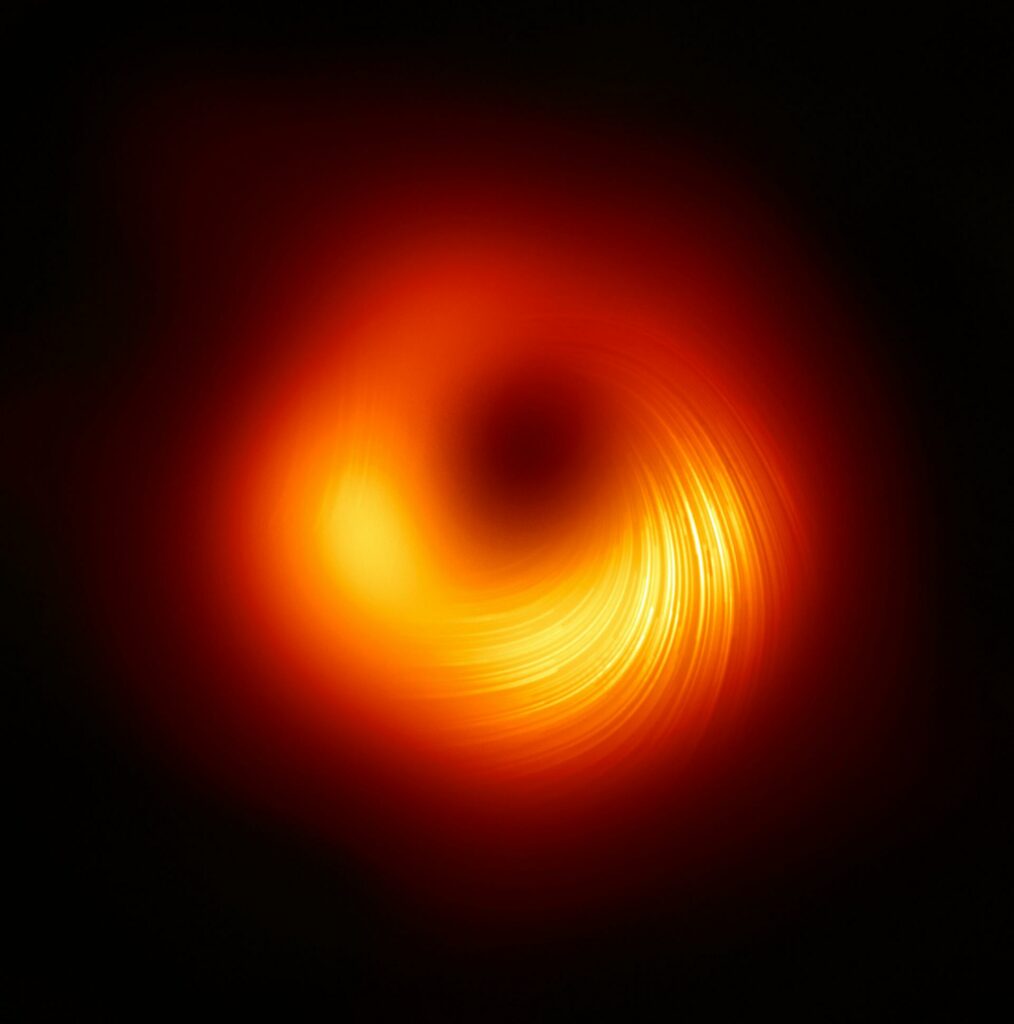Not so long ago, the scientific community rejoiced after receiving the clearest image of a black hole in the center of the distant galaxy Messier 87. However, some researchers doubt that the first image of a black hole is real, because it is actually distorted.

The first image of the black hole M87* was obtained by three-year observations using the Event Horizon Telescope (EHT). The picture was published in 2019 and it was a real sensation in the world of science. The scientists used an algorithm to fill in the gaps and compile a huge dataset into a single image. However, there is still room for human error and incorrect assumptions in these algorithms. This is the problem, because the older image doesn’t look like a photo from 2019.

The Event Horizon Telescope (EHT) was not the only powerful device observing the M87 galaxy. In April 2017, NASA’s Chandra X-ray Observatory received a broader view of the same target. The image obtained as a result of these observations made it possible to create a photograph of a black hole in a spectacular panoramic view.

“Chandra’s field of vision is much larger than EHT’s. Therefore, Chandra saw a jet stream of high–energy particles released by intense gravitational and magnetic fields around the black hole. This jet extends more than 1,000 light–years from the center of the galaxy,” the Chandra telescope astronomers team said in a blog post.

Makato Mioshi, a researcher at the National Astronomical Observatory of Japan, and his colleagues say that the high-energy jet is missing from the EHT photo. Moreover, in their new photo of the black hole M87* in a panoramic view, there is no ring of light in the form of a “donut”, which means that the photo of 2019 turned out to be false. Mioshi believes that the alleged error may affect how other images of black holes are obtained, including the photo of Sagittarius A* at the center of our Milky Way galaxy.
“Perhaps the same mistake caused a misinterpretation, as a consequence of the incorrect construction of the image of the black hole Sagittarius A * in the form of a “donut,” Mioshi told New Scientist.
Earlier, a black hole in the center of the Milky Way confirmed Einstein’s prediction.
According to New Scientist
Follow us on Twitter to get the most interesting space news in time
https://twitter.com/ust_magazine

